In almost every part of the world, the mean sea level (MSL) is rising for three reasons, all of which are linked to the planet getting hotter. Firstly, water expands as it heats up. Secondly, glaciers around the world are in retreat. Thirdly, the ice sheets that cover Greenland and Antarctica are shrinking, and scientists fear they could collapse with catastrophic consequences for oceanfront cities throughout the world.
In August last year, the Taiwan branch of Greenpeace, the global non-governmental environmental organization, warned that, by 2050, close to 4 percent of the country’s land could be inundated due to rising sea levels.
Greenpeace’s statements were widely reported in local media, including the Taipei Times. The NGO’s claim that Tainan is likely to be the first of several cities and counties to suffer serious losses is backed by online sea-level simulators like: flood.firetree.net.
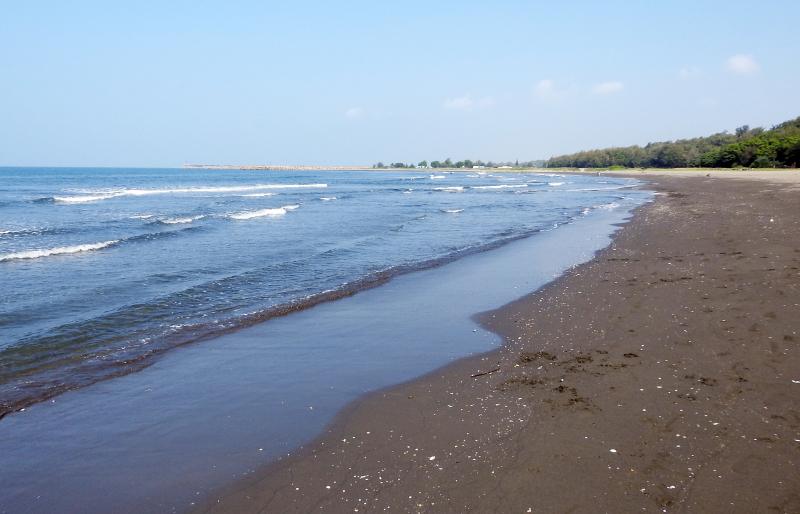
Photo: Steven Crook
Not only are the seas rising, but the speed with which they’re rising is increasing. According to the US Environmental Protection Agency’s Web site, the annual average increase in global MSL between 1880 and 2013 was 1.5mm. Since 1993, however, the average rise per year has been 3 to 3.6mm.
Moreover, the rate varies from one region to another. The reasons for this include subsidence (a serious problem in parts of southwestern Taiwan), ocean currents and what’s called “Ice Age Rebound” — the speed at which land lifts or sinks as it recovers from compression due to the immense weight of glaciation.
SEA LEVEL RISE: A COMPLICATED PICTURE
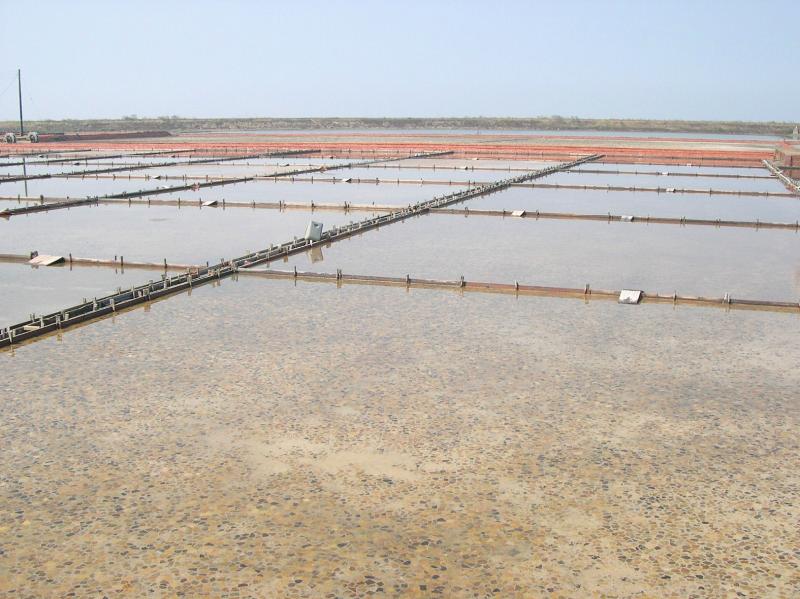
Photo: Steven Crook
Last year, Greenpeace asserted that the MSL around Taiwan is rising at double the global average. This claim has been repeated by several media outlets, but the scientific picture is more complicated.
According to the summary of Taiwan Climate Change Science Report 2017: Physical Phenomena and Mechanisms (authored by experts from Academia Sinica, National Taiwan University and other institutions): “From 1993 to 2012, the sea-level rise rate in the western Pacific was about three times higher than the global average, while the rate in the eastern Pacific was below the global average.”
The 554-page report’s section on rising seas cites several sets of data. One, published by the Central Weather Bureau in 2014 and based on tidal gauges at Kaohsiung, Keelung, Suao and Tamsui, showed that between 1994 and 2013, MSLs in those places rose by an average 3.4mm per year. The report notes this is “quite close to the global average sea level rise from 1993 to 2010 announced by the Fifth Assessment Report of the United Nations Intergovernmental Panel on Climate Change of 2.8mm to 3.6mm per year.”
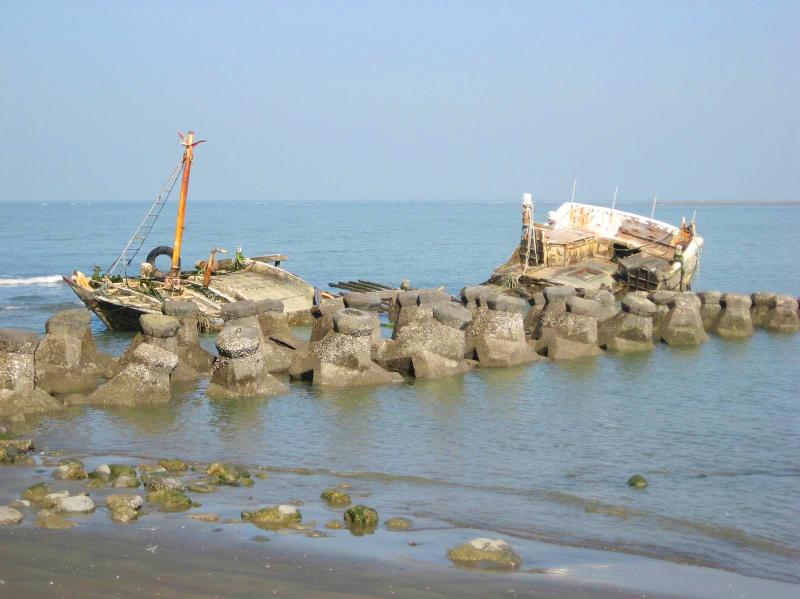
Photo: Steven Crook
Also referenced in the report was a study led by Tseng Yu-heng (曾于恒) of National Taiwan University’s Institute of Oceanography. Drawing on satellite altimetry data, Tseng’s team concluded that, at points in and near Taiwan (such as China’s Xiamen and Naha in Okinawa, Japan), sea levels rose by 5.3mm per year between 1993 and 2003. Their 2009 paper pointed out that this was roughly consistent with tide-gauge records, which had recorded an annual average rise of 5.7mm.
More recently, a team from National Taiwan Ocean University predicted that MSLs at four central Taiwan townships would rise by an average 2.8mm per year, or by a total 5.8cm, between last year and 2039. They categorized Wuci District (梧棲) in Taichung and three townships — Lukang (鹿港) in Changhua County and Mailiao (麥寮) and Taisi (臺西) in Yunlin County — as unusually susceptible to a rising ocean due to topography, subsidence and other factors.
On this issue, however, the devil isn’t in such details, but in the bigger picture.

Photo: Lu Hsien-hsiu, Taipei Times
The oceans are undoubtedly rising. As one of the world’s most densely populated countries, Taiwan can’t afford to lose dry land. Taiwanese therefore have compelling reasons to both drastically scale back their carbon dioxide emissions, and build resilience in low-lying communities.
The Projected Economic Impact of Extreme Sea-Level Rise in Seven Asian Cities in 2030 (published by Greenpeace in June) warns that large parts of Taiwan’s capital could soon be in danger of inundation if a storm surge coincides with torrential rainfall and a high tide: “About 17 percent of Taipei’s land area is below the level to which sea water could rise should a ten-year flood occur in 2030, under an RCP8.5 scenario [the so-called ‘business as usual’ scenario, in which humanity does little to curb climate change]... Datong District (大同) and Taipei Main Station could potentially be flooded.”
TYPHOON NARI: WAKE-UP CALL
In September 2001, Typhoon Nari gave Taipei residents a glimpse of that kind of future. After Nari, it took three months for the Taipei Metro to fully return to normal services.
Last year, a group of scientists alerted the authorities to the possibility that climate change could force the government to move out of Taipei.
One of them, Wang Chung-ho (汪中和), a researcher at Academia Sinica’s Institute of Earth Sciences, said that, as soon as the second half of the 21st century, the Taipei Basin could become “unsuitable for human settlement.” In the short term, Wang explained, embankments and dikes would prevent sea water from inundating the capital, but a rising ocean would make it ever more difficult for rainwater to drain from the basin, resulting in ever more serious waterlogging.
ACTION DOWN SOUTH
Recognizing the crisis that faces Taiwan’s coastal areas, Tainan is taking a proactive approach to the impact of extreme weather, says Hsieh Shih-chieh (謝世傑), director-general of the city government’s Environmental Protection Bureau.
Witnessed by representatives of Greenpeace, Tainan Mayor Huang Wei-che (黃偉哲) signed the Tainan Climate Emergency Declaration on May 11. The document sets out various targets for 2030, including boosting renewables, making the urban bus fleet 100-percent electric and cutting overall greenhouse-gas (GHG) emissions by a further 20 percent.
Hsieh says that, between 2010 and 2019, Tainan’s overall GHG emissions fell by 21 percent, and that the city aims to become carbon neutral by 2050. (By comparison, London, Berlin and Madrid have lowered GHG emissions by around 30 percent since emissions peaked in those cities; Copenhagen has achieved a striking 61-percent cut.)
Other preparations for rising sea levels include the restoration of coastal sandbanks, clearing silt from lagoons, installing sensors on roads prone to flooding and adding automated pumping stations.
Asked if Tainan plans to build additional coastal defenses to hold back a rising ocean, Han Rong-hua (韓榮華), director of the city government’s Water Resources Bureau, says that the construction of seawalls is the responsibility of the Ministry of Economic Affairs’ Water Resources Agency.
Han doesn’t expect sea water to intrude in the next few decades, saying the height of existing dikes along Tainan’s coastline is sufficient to hold back predicted high tides for the next 50 years. Rather than build new seawalls, he adds, the focus is on maintenance to ensure existing defenses function as intended.
In at least one sense, that’s good news. Constructing additional seawalls would involve pouring a great deal of concrete, and that in turn would add yet more carbon dioxide to the atmosphere, exacerbating climate change and sea-level rise.
Steven Crook, the author or co-author of four books about Taiwan, has been following environmental issues since he arrived in the country in 1991. He drives a hybrid and carries his own chopsticks. The views expressed here are his own.

Following the rollercoaster ride of 2025, next year is already shaping up to be dramatic. The ongoing constitutional crises and the nine-in-one local elections are already dominating the landscape. The constitutional crises are the ones to lose sleep over. Though much business is still being conducted, crucial items such as next year’s budget, civil servant pensions and the proposed eight-year NT$1.25 trillion (approx US$40 billion) special defense budget are still being contested. There are, however, two glimmers of hope. One is that the legally contested move by five of the eight grand justices on the Constitutional Court’s ad hoc move
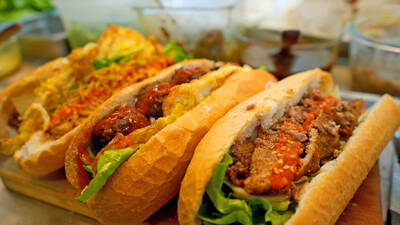
Stepping off the busy through-road at Yongan Market Station, lights flashing, horns honking, I turn down a small side street and into the warm embrace of my favorite hole-in-the-wall gem, the Hoi An Banh Mi shop (越南會安麵包), red flags and yellow lanterns waving outside. “Little sister, we were wondering where you’ve been, we haven’t seen you in ages!” the owners call out with a smile. It’s been seven days. The restaurant is run by Huang Jin-chuan (黃錦泉), who is married to a local, and her little sister Eva, who helps out on weekends, having also moved to New Taipei
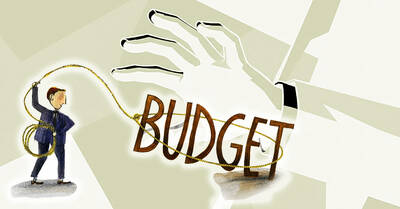
The Directorate-General of Budget, Accounting and Statistics (DGBAS) told legislators last week that because the Chinese Nationalist Party (KMT) and Taiwan People’s Party (TPP) are continuing to block next year’s budget from passing, the nation could lose 1.5 percent of its GDP growth next year. According to the DGBAS report, officials presented to the legislature, the 2026 budget proposal includes NT$299.2 billion in funding for new projects and funding increases for various government functions. This funding only becomes available when the legislature approves it. The DGBAS estimates that every NT$10 billion in government money not spent shaves 0.05 percent off
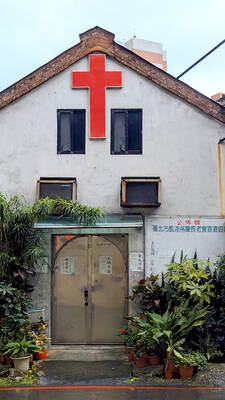
Dec. 29 to Jan. 4 Like the Taoist Baode Temple (保德宮) featured in last week’s column, there’s little at first glance to suggest that Taipei’s Independence Presbyterian Church in Xinbeitou (自立長老會新北投教會) has Indigenous roots. One hint is a small sign on the facade reading “Ketagalan Presbyterian Mission Association” — Ketagalan being an collective term for the Pingpu (plains Indigenous) groups who once inhabited much of northern Taiwan. Inside, a display on the back wall introduces the congregation’s founder Pan Shui-tu (潘水土), a member of the Pingpu settlement of Kipatauw, and provides information about the Ketagalan and their early involvement with Christianity. Most